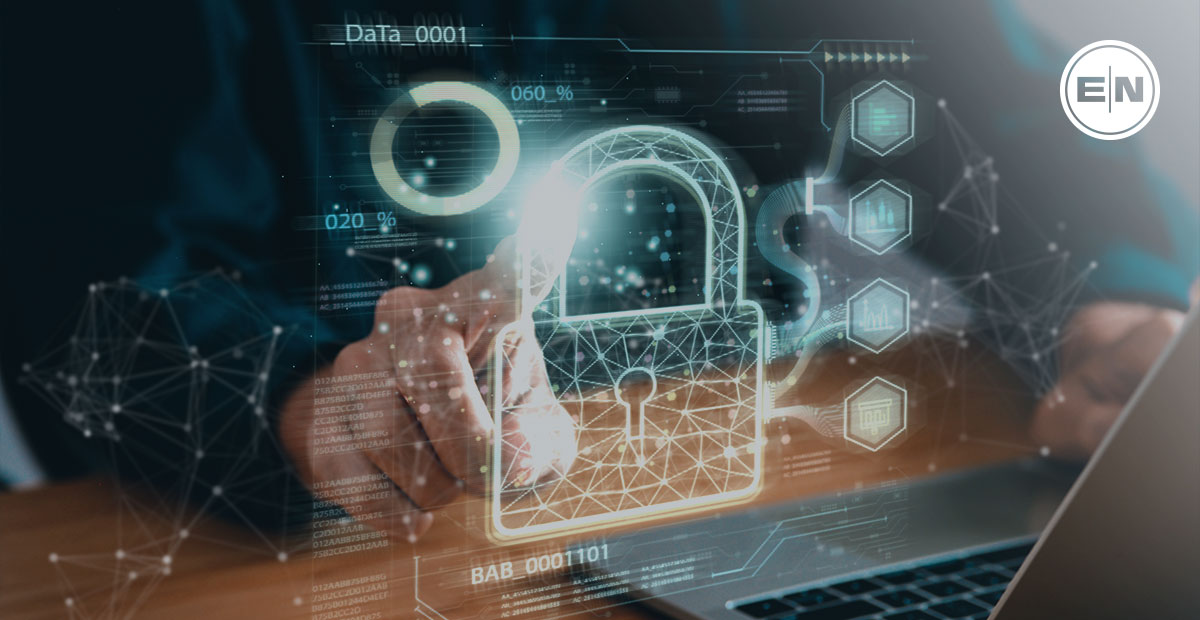9 Ransomware Best Practices for Prevention And Response

Ransomware has become an increasingly common threat for businesses and consumers alike. The term “ransomware” refers to malicious software that encrypts files on a computer system and then demands payment to decrypt those files.
While ransomware attacks are often targeted at individuals, they can also affect organizations. In fact, according to a recent report from the Ponemon Institute, nearly half of all data breaches involve ransomware.
In this blog post, we’ll discuss the basics of ransomware, including its history, types, and prevention strategies. Then, we’ll explore the steps organizations should take after a ransomware attack occurs.
Ransomware is a type of malicious software that can lock your computer until you pay a ransom. It usually comes in the form of a file attachment to an email message. The file contains a virus that encrypts all files on your computer. When you open the file, it asks you to pay a fee to decrypt them. If you don’t pay, the virus deletes all your data.
The term ransomware was coined in 2012 by security researcher Brian Krebs. He described it as a new kind of malware that locks up computers and demands money to unlock them.
How did Ransomware Start?
The first known case of ransomware was called CryptoLocker. It was created in September 2013 by a hacker going under the name of “Crysis” and released on June 27, 2014. This ransomware locked users’ computers and demanded $300 to unlock them.
CryptoLocker was quickly followed by another ransomware called WannaCry. It spread rapidly across the world in May 2017. It encrypted files on computers running Microsoft Windows operating systems and demanded a payment of $300 to decrypt them.
What Does Ransomware Do?
Once installed, ransomware encrypts all files on a user’s computer. It then displays a screen asking the user to pay a ransom to regain access to their files.
If the user doesn’t pay, the ransomware deletes all the files on the computer.
Who Uses Ransomware?
Ransomware is mostly used by cybercriminals. It then displays a screen asking the user to pay a ransom to regain access to their files. Once the ransom is paid, the virus will delete the files and return the computer to normal operation.
Why is Ransomware so Dangerous?
Ransomware is extremely dangerous because it locks up a user’s files and prevents them from accessing them. It can also make it difficult for law enforcement agencies to investigate crimes.
Who is Affected by Ransomware?
Anyone with a computer can be affected by ransomware. Ransomware can affect anyone, regardless of age, gender, nationality, occupation, income level, or location.
How to Prevent Ransomware Attacks
It has become increasingly common over the past few years, and many organizations have been affected by it. In fact, Cybersecurity experts say that hackers could use artificial intelligence technology to create sophisticated viruses that would evade detection.
Cybercriminals use AI-powered tools to develop highly targeted threats targeting specific industries and individuals. These tools allow attackers to automate tasks such as creating custom payloads, deploying exploits, and even generating fake websites designed to trick victims into downloading malware.
AI-based technologies are being leveraged by advanced threat actors who want to avoid leaving any digital fingerprints behind when they launch campaigns against targets.
In fact, according to a recent report from Symantec, ransomware attack increased by more than 300% between 2015 and 2016.
So What Does This Mean for Businesses?
Well, first off, it’s important to understand that ransomware is not something that happens overnight. It takes time for hackers to develop the code and even longer to test it out and find ways to infect computers.
This means that once a business becomes infected, it could take weeks or months before the malware starts encrypting files.
But even after the encryption process begins, it doesn’t necessarily mean the data is lost forever.
There are several types of ransomware, some designed only to encrypt certain types of files. For example, CryptoLocker targets Microsoft Office documents, while Locky targets photos and videos.
However, others are designed to encrypt everything on a computer, including the operating system itself. This makes it impossible to access any data stored on the device.
Regardless of which type of ransomware you’re dealing with, here are some ransomware best practices for prevention and response:
Prevention
1. Keep Up-to-Date with Security Patches
Most modern operating systems have built-in anti-malware tools, such as Windows Defender and Mac OS X’s Gatekeeper. These programs scan for viruses and other malware and automatically install updates to keep themselves up-to-date.
Unfortunately, these tools aren’t perfect and sometimes miss critical updates. So it’s always a good idea to check for updates yourself.
2. Use Strong Passwords
Nothing is more important than your password when protecting your company’s data.
Make sure you use a unique password for each account and change it regularly. Also, avoid using personal information like birthdays or pet names. Instead, try creating random words or phrases.
3. Back up all Sensitive Data
If you store confidential customer records in Excel spreadsheets, make sure that you back those files up somewhere else. If you don’t, then there’s no way to recover them.
4. Don’t Click Links in Emails
Email messages can be used to deliver malware directly into your inbox. To protect against this kind of attack, never open attachments unless you know who sent them. And when you do receive an email message, double-check its source address before opening it.
5. Install antivirus protection
Antivirus software scans incoming files for known threats, so installing one will help prevent infections from spreading throughout your network. However, most companies already run their own internal virus scanners, so purchasing additional third-party products to Encrypt hard drives may be unnecessary.
6. Encrypt Hard Drives
Encryption isn’t just useful for keeping your data safe; it also helps ensure that nobody can read what’s inside. When you create encrypted volumes, you need to provide a key that unlocks the drive.
7. Avoid downloading suspicious apps
Apps downloaded through unofficial channels often contain hidden malware. Even legitimate applications might include spyware or adware that collects user data without permission.
8. Update Mobile Devices
Mobile phones and tablets are especially vulnerable because they connect to networks outside of corporate firewalls. Make sure that you update your phone’s operating system whenever new versions are released.
9. Disable USB Ports
USB sticks and memory cards are convenient ways to quickly transfer large amounts of data, but they can also threaten computers. Always disable USB ports when not needed.
In summary, if you want to stay protected from cyberattacks, follow these simple steps:
- Check for available updates frequently
- Create strong passwords
- Backup everything
- Never download unknown file types
- Only trust trusted sources
- Enable encryption
We hope that our article about ransomware best practices for preventing and responding to ransom attacks was helpful. We would love to hear any feedback you have! Feel free to leave us comments below.
to Contact Us




